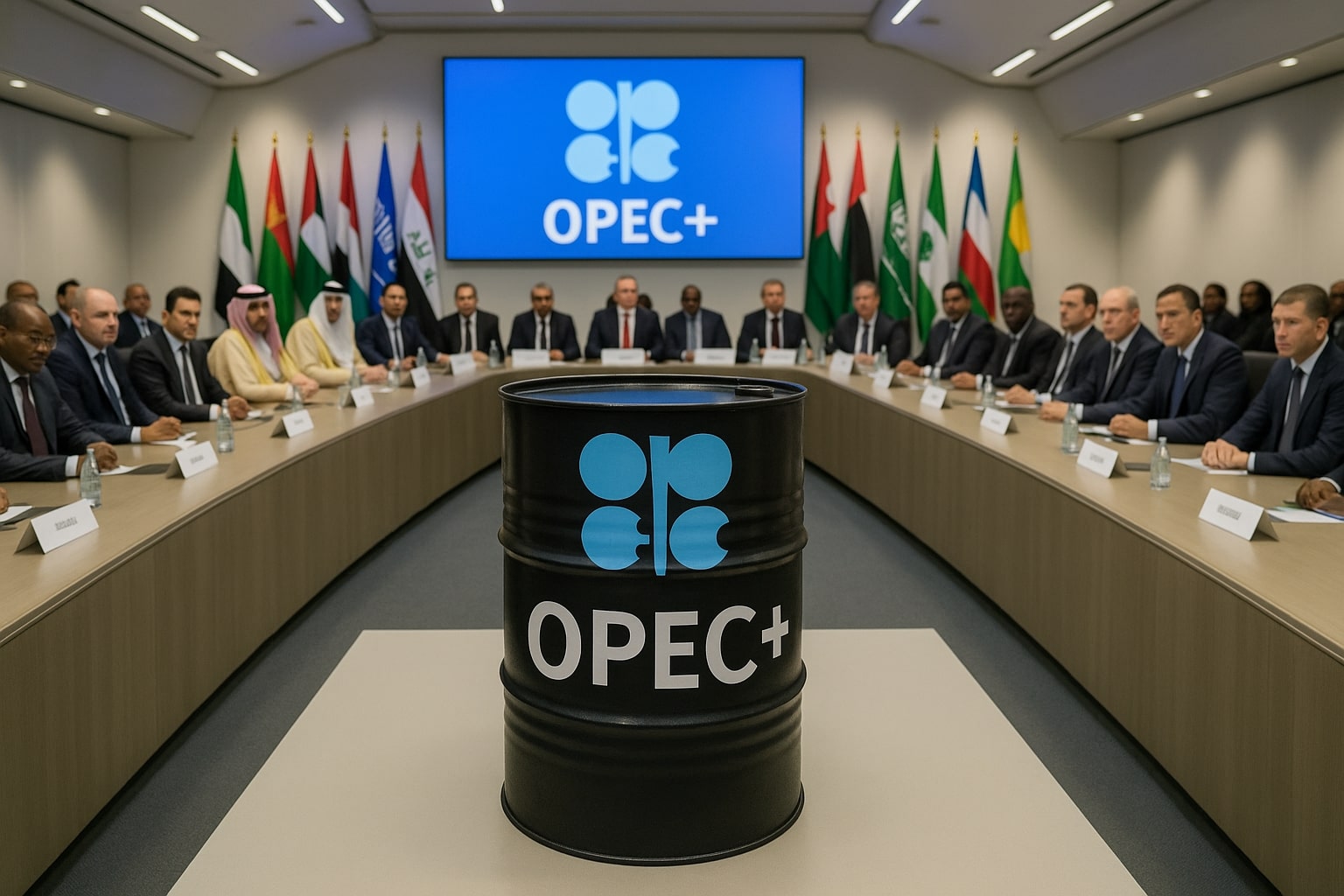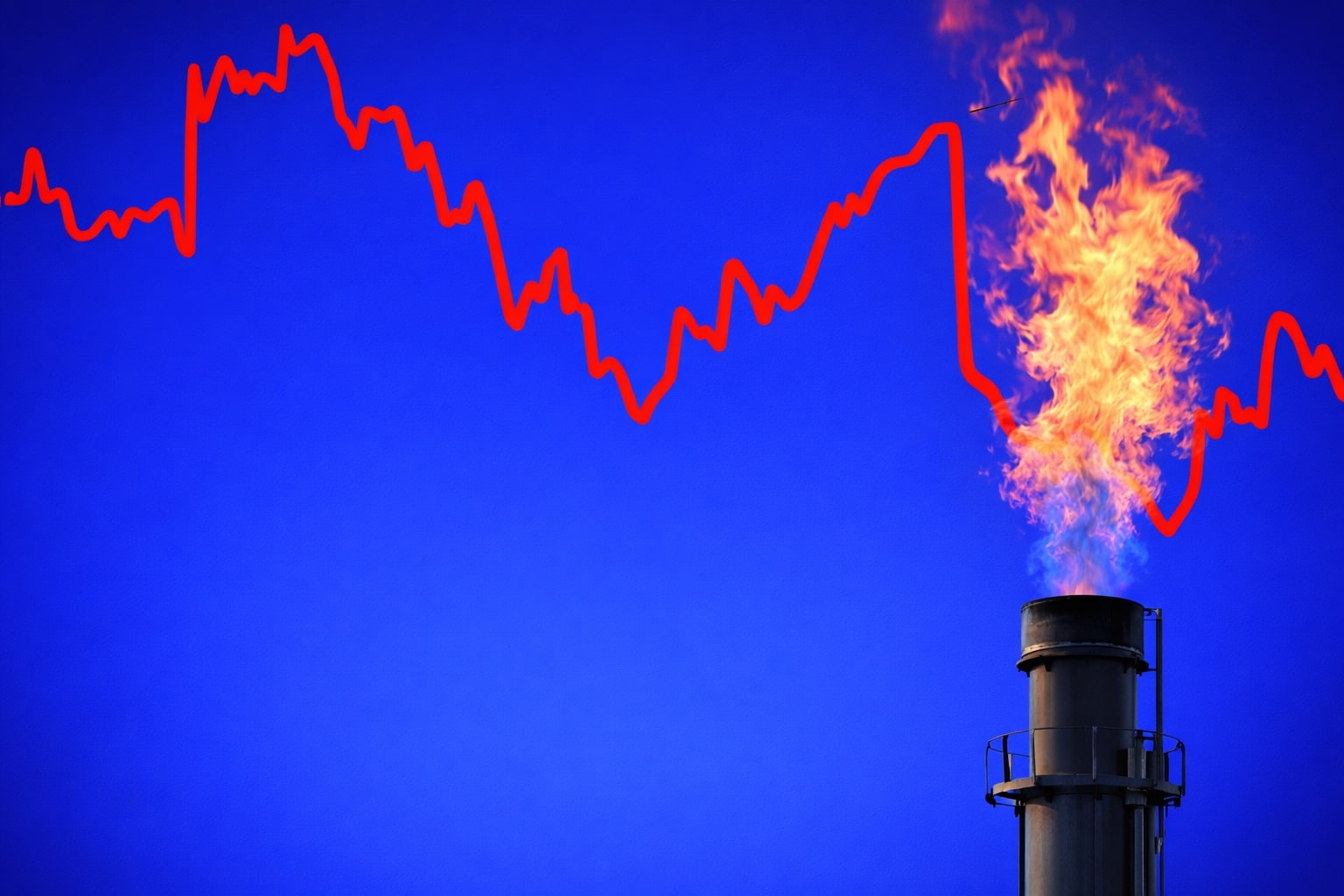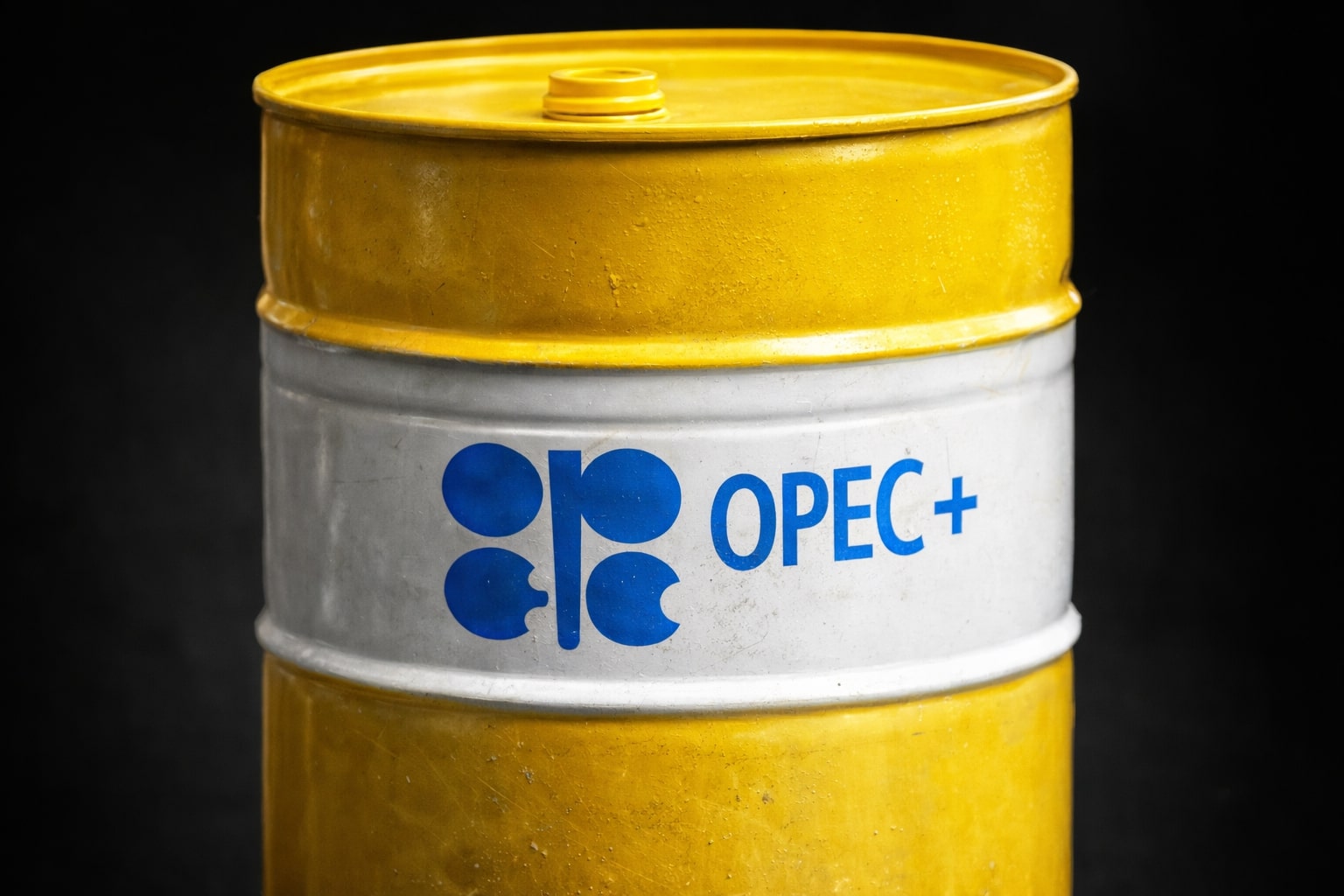
Oil Market Under Pressure as OPEC+ Cracks Widen and Supply Outpaces Demand
Kazakhstan, Saudi Arabia, and Iraq challenge quotas while global upstream projects accelerate, pushing WTI (CL=F) into a fragile $66–$71 range | That's TradingNEWS
Oil Market Under Pressure as OPEC+ Cracks Deepen, Supply Surges, and Demand Signals Fracture
Kazakhstan, Saudi Arabia, and Iraq Challenge the OPEC+ Consensus Amid Surging Output
Cracks in OPEC+ unity have widened dramatically as major players including Kazakhstan, Saudi Arabia, and Iraq continue to defy the bloc’s voluntary output coordination. Kazakhstan's crude output surged 7.5% in June to 1.88 million bpd, topping its OPEC+ quota by nearly 400,000 bpd and equaling its all-time high from March. The Tengiz field alone jumped from 813,200 to 953,000 bpd. International players Chevron and ExxonMobil control most of Kazakhstan’s production, limiting the government's ability to enforce any cuts. The Kazakh government’s promise to offset 1.3 million barrels of overproduction by 2026 is viewed as unenforceable theater, especially as Chevron’s $48 billion expansion continues to drive higher flows regardless of OPEC compliance.
Meanwhile, Saudi Arabia is quietly ramping up. Exports surged to 6.4 million bpd in June—the highest since March 2024. Including domestic refinery runs and pipeline exports, Saudi Aramco appears to be producing well above its June quota of 9.367 million bpd. With internal electricity demand soaring beyond 1.5 million bpd due to triple-digit summer temperatures, Saudi crude burn for power generation is once again distorting supply visibility. Saudi Arabia is expected to increase its August OSPs to Asia by $0.50 to $0.80/bbl, pushing Arab Light as high as $2.00/bbl above benchmark pricing.
Iraq, meanwhile, became the top OPEC crude exporter to the U.S. in May, shipping nearly 7 million barrels. That pace far outstrips Iraq’s production quota compliance and signals fiscal desperation: 90% of Iraq’s state revenues rely on crude. Even with a modest 50,000 bpd production cut to 3.93 million bpd in May, Iraq’s over-exporting continues. This puts further stress on OPEC’s credibility ahead of the July 6 meeting, where another 411,000 bpd output hike is under consideration. Russia and Kazakhstan are also pushing against the grain, creating an increasingly fragmented cartel structure.
Production Expansions and Geopolitical Realignment Overwhelm Demand Signals
Beyond OPEC+ discord, major production expansions are hitting the market at a time when Brent futures remain subdued around $67 per barrel. Equinor (NYSE:EQNR) and its partners greenlit a $1.3 billion Phase 3 expansion of the Johan Sverdrup field—Europe’s largest—expected to add 40-50 million boe starting Q4 2027. Current output from the field is 756,000 bpd, one-third of Norway’s total production. Equinor aims to maintain high output into 2035, ensuring long-term supply growth from an ultra-low-emissions platform.
Meanwhile, TotalEnergies (NYSE:TTE) acquired a 25% stake in Suriname’s offshore Block 53 next to its $10.5 billion Gran Morgu project, setting the stage for new Atlantic Basin barrels. In Asia-Pacific, Santos (ASX:STO) is moving closer to a sale to ADNOC, who bid $18.7 billion to acquire the upstream firm’s portfolio. All signals point to capital pouring into upstream expansion, even as prices languish.
The U.S. decision to lift energy-related sanctions on Syria and allow Russian crude into the Baniyas refinery also reshuffles global crude flows. Further complicating supply chains, Israeli refiner ORL is restarting operations at its Haifa plant post-Iranian strikes, and Colombia’s Ecopetrol is doubling down on the Lorito field, now boasting 250 million barrels of recoverable reserves.
Physical Crude Signals Oversupply as Refining Margins Narrow
Despite the Israel-Iran ceasefire and ongoing Trump tariff threats, the oil complex remains underwhelmed. Backwardation steepened in late June, but refining margins in Asia and Europe continue to thin. The UK is losing refining capacity rapidly, with the 113,000 bpd Lindsey refinery filing for insolvency. This follows the 150,000 bpd Grangemouth shutdown earlier this year. In the U.S., refiners have ramped imports of heavier grades from Iraq and Nigeria, filling the gap left by voluntary OPEC+ cuts that now appear ineffective.
At the macro level, U.S. shale growth has moderated, yet the Permian remains stable and LNG exports continue flowing—LNG Canada shipped its first cargo from Kitimat to South Korea, cementing North America’s role in balancing Asian energy markets. Guyana, meanwhile, is launching a new NGL project to monetize gas from ExxonMobil’s offshore developments, injecting more propane and butane into global LPG flows.
Price Outlook and Verdict: OPEC+ Is Fractured, Supply Is Winning — CL=F Bearish Bias Below $70
The Brent curve is steepening, but the front end remains stuck near $67. CL=F (WTI) has shown brief rallies above $71, but each has been sold into amid weak macro conviction. With Kazakhstan, Iraq, and Saudi Arabia actively flooding supply while Chevron, TotalEnergies, Equinor, and Ecopetrol all scale up, the physical market remains oversupplied. Even Saudi Aramco’s formula price hike feels like a defensive PR gesture, not a reflection of bullish demand.
Expect pressure to persist until clarity emerges post-July 6 OPEC+ meeting. Unless there’s a coordinated walk-back of output increases, the price floor looks unstable. With U.S. refinery demand peaking and no geopolitical disruption left to price in, CL=F risks slipping below $66. Verdict: Oil (CL=F, BZ=F) is a Hold near $67, but the setup tilts bearish without a sharp OPEC+ reversal.
That's TradingNEWS
Read More
-
SPYI ETF at $52.59: 11.7% Yield, 94% ROC and Near S&P 500 Returns
04.01.2026 · TradingNEWS ArchiveStocks
-
XRPI and XRPR Rally as XRP-USD Defends $2.00 on $1.2B XRP ETF Inflows
04.01.2026 · TradingNEWS ArchiveCrypto
-
Natural Gas Price Forecast: NG=F Eyes $4.30 if Storage Draws Tighten
04.01.2026 · TradingNEWS ArchiveCommodities
-
USD/JPY Price Forecast - USDJPY=X at 156.91: 157.75 Breakout Sets 160 Target as Fed Jobs Week Tests The Dollar
04.01.2026 · TradingNEWS ArchiveForex



















